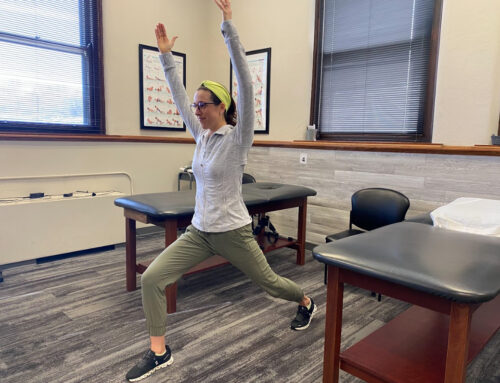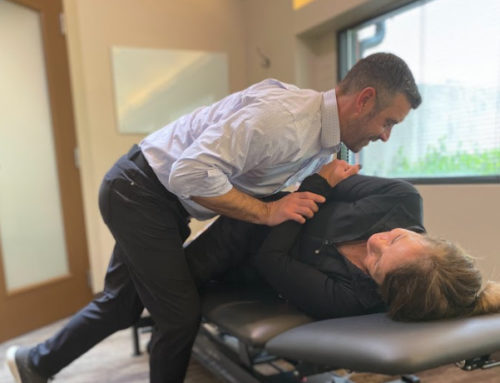Winter is here in Cincinnati, Ohio, and so are plummeting temperatures. Although ideal running temperatures are behind us we can still do things this time of year to improve our running times, distance or form.
Annoying running injuries typically happen when you start running for the first time in a while, increase pace, or increase distance. During the cold winter months is when we can take our training to the next level to ensure we don’t get these injuries when the spring running season kicks into gear.
So what can you do in the winter months to decrease the prevalence of running-related injuries in the spring?
1. Cross Train
Cross-training is my first recommendation for a successful “off season.” Gaining strength, especially in the legs, glutes and core, will help decrease running-related injuries as you start to increase mileage again.
For example, if you typically run three times a week and strength train two times a week during the off season then you should flip this ratio. Decreasing running and increasing strength training this time of year will let your body heal where you may have overuse injuries. You will also gain strength in areas that will help you with power output and stability when your spring races return.
There’s nothing worse than starting the spring training season, your times are looking great, and then all of a sudden you experience an ache, pain, or injury such as plantar fasciitis, Achilles tendinitis, or shin splints.
2. Keep your lower body strong year around
My second recommendation during the off-season is to keep your lower leg muscles in shape all year. Lower leg injuries tend to happen when we let our legs get deconditioned, and then we jump back into running again.
Keeping your lower leg muscles conditioned doesn’t require a lot of load, so the exercises are easy to do at home during the winter months. Think squats, lunges, and deadlifts. Functional movements in full range of motion, start with your body weight and build.
3. Pay attention to your feet
Too often runners forget to stretch, mobilize and strengthen their intrinsic foot musculature. We never forget to stretch our hamstrings and hip flexors before a run; why not add our feet into that routine as well? Afterall, our feet absorb the shock from the ground and are responsible for propelling us forward. Simple toe mobilizations will do the trick (posted on our youtube channel).
We should also address the stability of the foot. Simple movements such as walking on your heels, walking on your toes, walking on the inside and outside of your feet, and pressuring your big toe into the ground in a squat or lunge can help strengthen the ankle and foot stabilizing muscles which are very important while running.
Rest, regenerate, and an opportunity to grow
The off-season should be a time of rest and regeneration, but it should be viewed as an opportunity to target your weaknesses. If you are relatively weak in your core then you should focus on gaining strength and stability in your core. If you chronically get injuries like plantar fasciitis or Achilles tendinopathy then you should focus on gaining strength and mobility in your lower extremities. Now is a great time to assess where you are as a runner and what your goals for 2022 are. The “off season” is your time to get better at what you love.
See our Youtube channel and reference our foot/ankle/calf playlist for great exercises to do at home.
-Written by Will Cornett D.C.
Mt. Lookout Chiropractic and Sports Injury Center
455 Delta Ave. Cincinnati, OH 45209
(513) 321-8484







You must be logged in to post a comment.